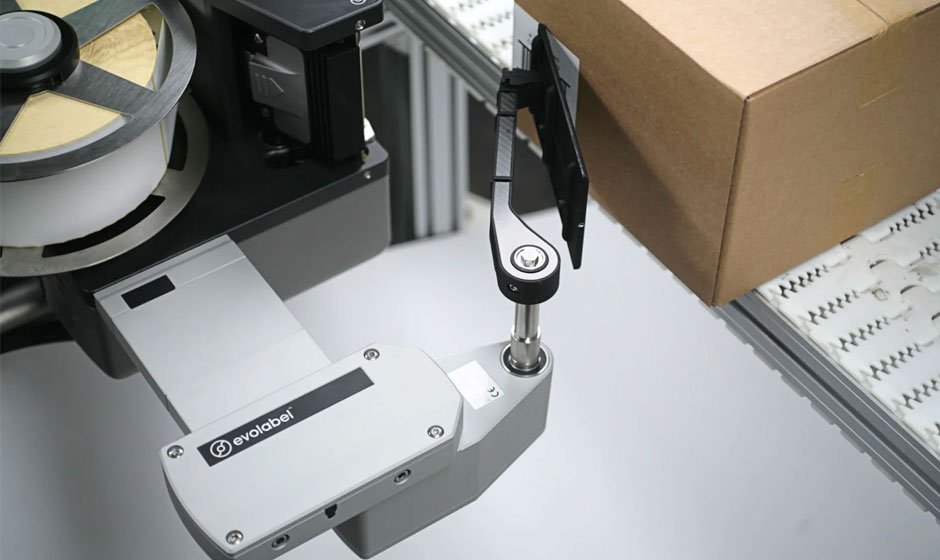The Ultimate Guide: Easy Steps on How to Print on Cardboard Effectively

Understanding proper cardboard printing techniques is vital as it ensures clear, legible print job results. Mistakes can lead to costly reprints and delay delivery timelines. Excellent outcomes boost product visibility, enhance brand image, and profoundly impact marketing efficiencies in the retail industry.
Discussion on ecological and economical benefits of printing on cardboard.
Discussing the ecological and economic benefits of printing on cardboard, it’s evident that this material is both recyclable and cost-effective. When considering packaging options, businesses often wonder how to print on cardboard. It significantly reduces waste production while retaining its durability – an ideal solution that simultaneously helps businesses save money and protect the environment.
Presentation of creative uses for printing on cardboard.
The presentation highlighted innovative uses of cardboard printing, such as customizable board games, bespoke event invitations and eco-friendly packaging. They also showcased 3D printed sculptures and educational materials illustrating the unique strengths of this cost-efficient and sustainable printing medium.
Materials You Will Need
For your project, you will need basic crafting materials. These include scissors, construction paper in various colours, glue sticks, markers or crayons for colouring and embellishment, popsicle sticks for building structures, and glitter to add some sparkle if desired.
Detailed list of all tools and materials required to print on cardboard.
For cardboard printing, materials required include a high-quality inkjet or laser printer, design software, smooth surface cardboard sheets, and cutting tools. Further essentials encompass adhesives, a roller or brayer for inking and a proper workstation with enough space to work comfortably.
Choosing the Right Cardboard
Discussion on the different types of cardboard available.
A comprehensive discussion on cardboard types could include universally used options like corrugated, paperboard, and mat board. Each variant is distinguished by properties including weight, durability and finish which define their suitability for packaging, construction or artistic purposes respectively.
Advice on which type of cardboard works best for specific projects.
Choosing the right cardboard for your project is essential. Corrugated cardboard offers sturdy support, making it good for packaging or sculpture works, while illustration board serves well in graphic projects. Lightweight chipboard is best suited for creative scrapbooking and model-building activities.
Steps and techniques for creating a suitable design for cardboard printing.
Designing for cardboard printing requires understanding the material’s properties. Steps involve conceptualizing a design and choosing appropriate typography and colours ensuring visibility and legibility. Techniques include UV direct printing for high-quality images and using software like Adobe Illustrator or Photoshop for optimal results.
Overview of software tools that could help in creating designs.
Software designing tools such as Adobe Suite, Sketch, Figma, and InVision facilitate simplified sketching, editing, or prototyping of design concepts. These streamline the collaboration process and enhance void UX/UI design delivery to capture users’ visual needs effectively.
Steps on how to correctly clean and prime cardboard.
Begin by dusting off any dirt or debris from the surface of the cardboard. Next, gently wipe it with a slightly damp cloth to remove grease or stains. Let it dry thoroughly, then apply a thin layer of gesso as primer efficiently.
Suggestions for ensuring cardboard is well-prepared to accept ink.
Ensure cardboard effectively accepts ink by selecting high-quality, smooth-surfaced cardboard. Pre-treat it with a mild primer or gesso to improve absorbency. Lastly, ensure that the ink used is specifically designed for porous surfaces to avoid bleeding or smudging issues.
Setting Up Your Printer
Detailed guide on how to properly configure printer settings for cardboard.
This detailed guide provides step-by-step instructions for setting up printer settings aptly for cardboard. It highlights factors like selecting the appropriate media type, adjusting print quality & feed speed, and ensuring the right resolution and depth which are vital in obtaining optimal printing results on cardboard.
Tips on dealing with common printer problems that arise when printing on this type of material.
When printing on volatile materials, prevent common printer problems by ensuring the proper material setting is selected. Regularly maintain ink and toner levels, check paper alignment to avoid jams and update printer drivers for optimal equipment performance and quality output results.
The Printing Process
Step-by-step guide on the actual process of printing the design onto the cardboard.
Start by designing your desired image using design software. Next, prepare the cardboard and machine for printing. Select the correct feed settings on the printer, then click ‘print’. Ensure high-quality print by maintaining clean Nozzles and regularly calibrating your printer.
Suggestions for ensuring a clean and crisp print.
Always select high-resolution images for printing. Choose the right type of paper. Regular cleaning and maintenance of your printer is crucial. Use genuine ink cartridges to prevent smudging. Before large print jobs, print a test copy first to ensure quality results.
Post-Printing Care
Tips and instructions for preserving and caring for the printed cardboard.
For preserving printed cardboard, keep it dry and away from sunlight. Store flat to prevent warping. Avoid using harsh cleaning chemicals, employ a soft cloth for dusting instead. Regular care prevents colour fading, sustaining its look and prolonging its durability.
Suggestions for troubleshooting common problems like smearing or fading.
Examine your printer’s ink or toner cartridges for low levels or damages. Regularly clean the printer head to combat smearing issues. For fading problems, check the paper quality and calibration settings. Routine maintenance ensures optimal printing performance and resolves common troubleshoots effectively.



